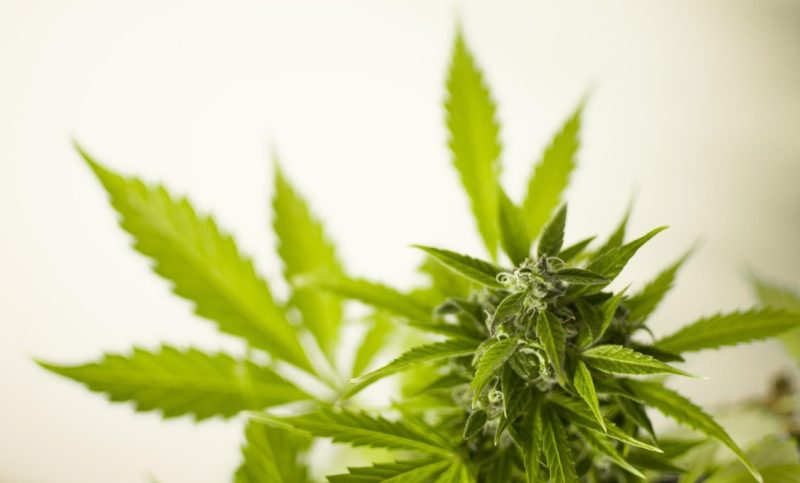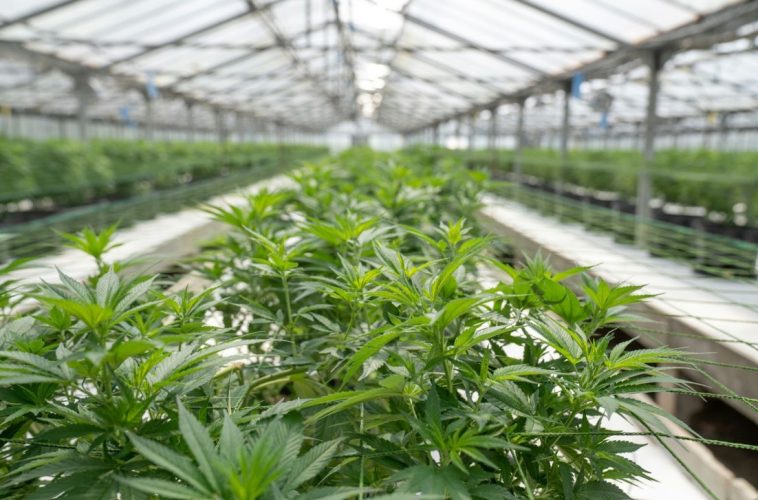Autoflower seeds have quietly revolutionized cannabis cultivation. Their fast growth, resilience, and ability to flower without light manipulation have attracted everyone from hobbyists to commercial growers. But it’s the technology behind these seeds — and the systems designed around them — that’s truly changing the game. From precision genetics to AI-powered grow setups, innovation is redefining how, where, and how quickly cannabis can be grown.
What Are Autoflower Seeds — and Why Do They Matter?
Autoflowering seeds originate from Cannabis ruderalis, a subspecies adapted to tough climates and short growing seasons. Unlike photoperiod strains, this type flowers automatically based on age, typically in two to four weeks. This makes them ideal for growers who want reliable harvests without adjusting light schedules. They are smaller and faster, which allows for multiple harvests per year.

Modern breeding has improved autoflowers and made them competitive with photoperiod strains in potency, aroma, and yield. This challenges the myth that they are only for beginners.
Inside the Seed: How Autoflowers Are Engineered
Behind the rapid growth and resilience of autoflowers lies a new era of precision breeding, where technology and genetics work hand in hand to shape the next generation of cannabis plants.
Genetic Mapping & Trait Isolation
Innovations in cannabis genomics now allow breeders to pinpoint the genes responsible for autoflowering. Using trait mapping and DNA sequencing, they isolate these genes and incorporate them into high-performing strains while keeping terpene complexity and THC levels intact.
Precision Breeding With CRISPR
Some advanced labs use gene-editing tools like CRISPR-Cas9 to precisely adjust plant traits, including pest resistance and size control. By applying this technology, breeders can stabilize these traits within autoflower lines, which leads to more uniform plants and greater consistency in performance across multiple grow cycles.
Predictive Breeding Tools
AI and data science play an increasingly important role in improving phenotype selection. Software models analyze genotype data alongside past cultivation results to predict plant characteristics. This approach allows breeders to develop new strains more quickly and with greater accuracy than traditional methods.
Tech Innovations Revolutionizing Autoflower Cultivation
Advancements in technology extend beyond genetics. They transform the entire cultivation process by using smarter tools that optimize growth conditions and maximize yields.
Optimized Lighting Technology
Because these plants operate on a fixed lifecycle, early-stage growth is critical. LED systems specifically calibrated for autoflowers deliver the right spectrum and intensity at the right time. Many growers now use programmable full-spectrum lights to simulate natural light shifts, which encourages denser flowers and healthier roots in shorter timeframes.
Environmental Automation
Modern autoflower setups often include sensors and smart controllers that regulate temperature, humidity, CO₂, and nutrient delivery in real time. These systems respond automatically to environmental changes. They reduce human error and maximize plant potential from seed to harvest.
AI-Powered Grow Management
Artificial intelligence is being used to track plant behavior and adjust growing parameters. By analyzing variables like light absorption, nutrient uptake, and growth rates, AI can recommend (or implement) changes to improve yield, avoid stress, and speed up development.
Global Growth: How Tech Makes Autoflowers Viable Anywhere
With shorter life cycles and stronger resilience, fast-growing autoflower seeds have become the go-to option in climates where photoperiod cannabis struggles. And thanks to tech, they can now thrive just about anywhere:
- Northern regions with limited daylight benefit from age-triggered flowering.
- Urban environments make use of compact grow tents with smart lighting.
- Remote areas deploy solar-powered setups with drip irrigation and mobile monitoring apps.
Innovations like mobile grow pods and plug-and-play hydroponic units are also opening up cannabis cultivation to people with limited space or infrastructure. Paired with user-friendly apps, even novice growers can track nutrient levels, receive automated alerts, and monitor conditions from a smartphone.
Efficient Cultivation for Bigger Returns
The unique biology of autoflowers, combined with technological advances, enables growers to increase efficiency, reduce costs, and achieve more predictable results at scale.
Multiple Harvests, Minimal Downtime
Photoperiod strains may require 16–20 weeks from germination to harvest. In contrast, autoflowers often finish in just eight to ten weeks. This schedule allows growers to harvest up to five times a year in a controlled environment, which makes every square foot a high-efficiency zone.
Lower Input Costs
Because autoflowers are smaller and require less manipulation, they demand fewer labor hours. With optimized LEDs and precision irrigation, energy and water usage drop significantly. Combined with automation, this can lower operational costs without sacrificing yield.
Consistency at Scale

Technology reduces variability. When environmental conditions, nutrients, and genetics are tightly controlled, growers can produce consistent, high-quality results — whether it’s one tent in a spare room or an entire commercial facility.
From Myths to Modern Science
Autoflowers used to be seen as weak and low-yielding, but that’s no longer true. Advances in breeding and cultivation have produced plants that rival or surpass photoperiod strains in potency, terpene profile, and stress resistance. Some now reach THC levels above 25%, with dense, aromatic flowers. What was once a compromise is now a top choice for serious growers.
